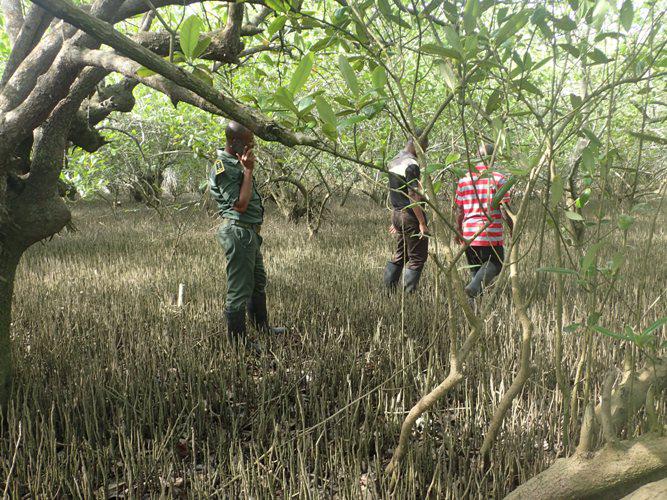Prosper Kwame Antwi
Other projects
2 Sep 2013
Sea Turtle Conservation: By-Catch Handling and Release Practices for Fishermen in Muni-Pomadze Ramsar Site, Ghana
3 May 2016
Community-Based Approach to Marine and Coastal Resources Management in the Muni-Pomadze Ramsar Site, Ghana
This project will significantly contribute to reverse the current trend of Borassus aethiopum decline and also provide the basic information needed for the development of conservation guidelines for the use of Borassus aethiopum.

Borassus aethiopum is indigenous to tropical Africa; mostly found in semi-arid and semi-humid zones of parts of western, eastern and southern Africa. In Ghana, Borassus aethiopum is mostly found within the transitional zone (areas with forest-Savannah interface). Almost all parts of the species are used: producing food, oils, timber, fibre, dyes, medicines, wine and raw materials (leaves) for mats and baskets. Rural livelihood is thus highly dependent on the Borassus aethiopum within the transitional zone of Ghana. The North Tongu District of the Volta Region of Ghana is one area that Borassus once dominated. Unfortunately, the pervasive paucity of empirical data for species management, habitat loss through unsustainable agriculture, over-exploitation and bushfire have significantly reduced the population size of this species that was once abundant within this zone and further poses a great threat to its continual survival. This has severe repercussions on rural livelihood. The District with a population of 130,388 has 80.4% rural dwellers and 19.6% urban dwellers (Census 2000), with rural dwellers particularly extracting the species for subsistence and economic gains. Agriculture is the main economic activity of the district and most rural dwellers are engaged with fishing, crop production, and/or animal rearing.
This project therefore aims at sustainable conservation of this species by:
- Using community participatory approach to create awareness on the status of Borassus aethiopum.
- Involving local people in gathering abundance data of the species for conservation planning and management.
- Regenerating the species at designated sites
- Building capacities of local people on sustainable extraction methods.